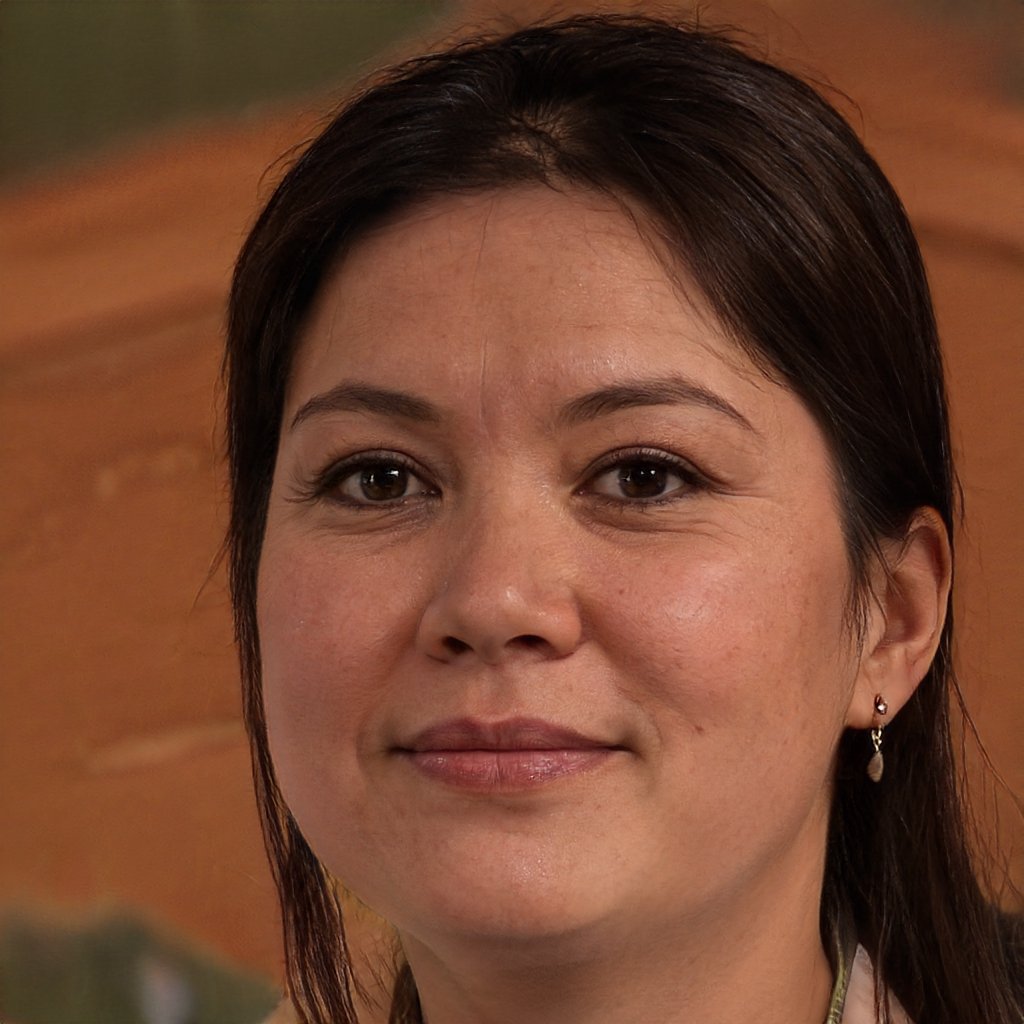In the present case, discussion has been included regarding Mr. Edward Hunter who is an 89 year old widower and is was admitted in the medical ward because of the saturated oxygen and viral influenza. From last 6 months, he has been receiving intensive home support from the acute care home which also includes oxygen therapy. Hence, considering his situation, discussion has been included altered pathophysiology of his health dimensions. In this respect, research has also stated difference between hospital acquired pneumonia and community acquired pneumonia. Along with this, suitable nursing care and its research method for the patient is also included in the study with the strategies of controlling and monitoring.
Question 1
What are the specific considerations a registered nurse should understand in relation to the clinical manifestations of pneumonia in the older person?
It is important for a Registered Nurse to understand and interpret the differentiating clinical manifestations of the older patient in comparison to younger patients. Clinical manifestations can be objective as seen by a professional, or subjective as expressed by the patient. In many cases, older individuals conditions develop and progress contrarily making understanding by health professionals crucial for treatment and patient wellbeing (Söderström and et. al., 2017). The elderly have a poorer immune system that means, it is more difficult for their bodies to fight infections naturally. It is important for the RN to consider all clinical manifestations presented by Mr Hunter. The clinical manifestations existing on Mr Hunters arrival are concerning and show his condition is rapidly deteriorating. As Mr Hunter suffered a myocardial infarction only one month ago, his chances of adapting pneumonia were increasingly high.
You Share Your Assignment Ideas
We write it for you!
Most Affordable Assignment Service
Any Subject, Any Format, Any Deadline
Order Now View Samples
As per the requirement of clinical manifestation, it is essential for the registered nurse to emphasize on the immune system as through then only, the patient is able to cope up with the diseases. It is also analysed that overnight Mr Hunter becomes restless and at the same time he barely eats because of little appetite (Scannapieco and Shay, 2014). Thus, considering the same aspect it is essential for the registered nurse to review the pleuritic pain on inspiration so as to identify if the patient has the chances to develop pneumococcal pneumonia. Thus, registered nurse is required to focus on all the diagnosis because that depicts the actual condition of the patient. At the same time, emphasis can also be laid towards the symptoms as that might affect the health prospects of Mr Hunter.
Question 2
Outline the pathophysiology of altered ventilation and diffusion in relation to Mr Hunter’s pneumonia. Include pathological response in cells and tissues.
Afterwards, reviewing the existing case of Mr Hunter, it is clear that the degree of ventilation and diffusion has been changed because of pneumococcal pneumonia. Ventilatory failure and hypoxemic respiratory are the major forms that exists in pneumococcal pneumonia. It also brings changes in the lungs; hence it leads inflammatory exudate that affects the normal functioning residual capacity (Rogusâ€ÂÂPulia and et. al., 2016). At the same time, it also causes loss of volume in the pulmonary infiltrate. It also consolidates the air space; hence it easily enhances the transpulmonary pressure. At the same time, the loss of volume also diminishes the total lung compliance which further enhances the level of oxygen saturation.
There is also an evidence that arterial hypoxemia exists in pneumococcal pneumonia and that is also caused by pulmonary artery blood flow. This also fuses the lung in an intrapulmonary diversion. This is also caused by intrapulmonary oxygen consumption that exist in the lung because of ventilation perfusion (Quinn and et. al., 2014). It is also ascertained that the persistence of pulmonary blood flow to lungs is caused by failure in the hypoxic pulmonary vasoconstriction mechanism. There are a number of factors that change the distribution of pulmonary blood flow. Similarly, it also increases consolidation in the lungs which systematically changes the ratio of diffusion. Therefore, it brings certain changes in the respiratory system; hence intensive supportive measures can be applied to treat Mr Hunter.
However, on the other hand, considering the present situation of Mr Hunter it is essential for the registered nurse to adopt necessary measures so that his situation can be improved. Future management is essential in this case because elderly patients are unable to tackle the changing health conditions (Matsuda and et. al., 2016). During optimistic pressure on mechanical ventilation, both the vessels are compressed which enhances the chances of lung inflation and pulmonary vascular resistance. Nonetheless, hypoxic pulmonary vasoconstriction changes the direction of blood because it exists on global basis. It is also ascertained that it greatly enhances the load of the right ventricle which at the same time increases pulmonary artery pressure; hence as a result it leads to pulmonary edema.
Question 3
What are the differences between hospital acquired pneumonia, community acquired pneumonia and aspiration pneumonia. Include causative organisms.
There are many different types of pneumonia, and for the purpose of this question only three will be discussed in further detail. These three are hospital acquired pneumonia (HAP), community acquired pneumonia (CAP) and aspiration pneumonia. HAP is bacterial and occurs more than 48 hours after a hospital admission with no signs or symptoms of infection during their admission (Lumb, 2016). This particular type of pneumonia is bacterial and considered the most lethal, one reason being the development in individuals with existing respiratory failure. Majority of patients obtain multiple causative organisms which include pathogens Enterobacter special, Escherichia coli, H. influenza, Klebsiella species, P. aerunginosa, Proteus, Serratia marcescens, methicillin-sensitive or methicillin-resistant Staphylococcus aureus and S. pneumonia.
Symptoms for the bacterial HAP are similar to the viral CAP and can often be hard to differentiate. These include respiratory difficulty, fever, cough, sputum and malaise. Elderly patient’s risks of contracting infection are particularly higher and are classified to be in the same category as those with diabetes, alcoholism and chronic lung disease. CAP occurs in the community setting and also within the first 48 hours of a patient being hospitalised due to the contraction of pneumonia (Luks, 2015). Some causative organisms for patients with CAP are Streptococcus pneumonia, mycoplasma pneumonia, and H. influenza. Aspiration pneumonia is usually bacterial and can take place in the community and hospital setting. This is due to endogenous or exogenous substances being located in the lower airway. Causative organisms for aspiration pneumonia are H. influenza, S. pneumonia and S. aureus.
Thus, according to Mr Hunter’s current situation, it is essential for the registered nurse to carry out all the diagnosis so that proper treatment can be delivered. Looking towards the exact current situation, it is vital for the registered nurses to emphasize on proper observation and monitoring. Registered nurses are also required to observe if the causative organisms are increasing in the body of Mr Hunter. As per the age groups, organisms keep on changing; hence it increases risk for infection (Heckman, Boscart and McKelvie, 2014). Thus, it can be said that Mr Hunter could also get affected because of the parasite pneumocystis carinii that could change the immune system and at the same time it can also leads to develop other health issues.
Question 4
Explain the nursing care required by the patient with pneumonia. Provide a rationale for all elements of the care provided that reflects the particular needs of Mr Hunter.
In order to deliver nursing care to Mr Hunter, it is essential for registered nurse to focus on supportive measures such as humidified oxygen therapy for hypoxemia, mechanical ventilation and changes in the existing diet of the patient (Goljan, 2014). Hence, the below mentioned nursing care plans can be adopted:
| Nursing care plans |
Description |
| Ineffective airway clearance |
RN must have to assess the rate and depth of respiration and chest movement. There must be force fluids to at least 3000 mL/ day. |
| Risk for deficient fluid volume |
There must be proper demonstration for fluid balance such as for mucus membranes, prompt capillary refill and stable signs (Faverio and et. al., 2014). Thus, in this respect it is essential for the nurse to investigate reports of nausea and vomiting. |
| Risk for imbalanced nutrition |
It is essential for the nurses to provide covered container for sputum for maintaining oral hygiene. There must be proper scheduled respiratory treatments at regular intervals. Hence, for Mr Hunter, RN should ensure to maintain adequate nutrition to offset hypermetabloic state that is secondary to infection. |
| Risk for infection |
Registered nurse is required to investigate sudden changes that happens in the medical condition such as increasing chest pain, heart rate and altered sensorium. Further, nurses can also monitor effectiveness of antimicrobial therapy (Coker and et. al., 2017). |
Question 5
In the context of a patient with pneumonia, explain the rationales for monitoring the specific parameters requested by the consultant.
Pneumonia being a respiratory disease is usually caused from some sort of bacteria that leads to a state of inflammation and swelling in the lung tissues. For which, it is also known as a form of infection in the chest that ultimately makes it hard for the sufferer to take a breath. The adult people and the children are at a higher risk of getting contagious from it and need to take some serious action for its treatment (Coulter and Collins, 2011). However, it is on referring to yet another fact where this disease cannot be healed completely where it is often hard for the patient who is too old or young to recover from its atrocious consequences. Due to which, it is also considered as a life threatening illness that must be detected on time for proper measures of treatment.
It is on considering the present case of Mr Hunters who is 89 years old and is currently at a critical state of health. Wherein, he is mostly affected by the existence of pneumonia which was lastly diagnosed after acknowledging his current health condition that was more terrible and impacted by some of his previous health concerns (Coulter, Parsons and Askham, 2008). At present, the consultant has asked RN to carry a vigilant outlook towards the altering health condition of Mr Hunters. This is basically to inform in case his heart rate start crossing 100 or the saturations of oxygen that is being provisioned to him starts lowering below 90% and in case, his body temperature goes beyond 38.5 degree Celsius.
It is thereby important to observe the parameters that are specifically requested by the consultant where Mr Hunters is found to disfavour the intervention of the physicians and nurses in his treatment. He is himself willing to take the control of his treatment that is a rightful demand made by Mr Hunter where the RN on considering this fact is together aware of the negative outcomes that could atrociously impact his health (Priority Nursing Diagnosis and Interventions for Pneumonia, 2015). However, this is together referred to be a matter of social justice that involves such effective principles that in turn proves the rightful authority of Mr Hunters to take the charge of his treatment on his own. These principles are self determination, rights, equity, participation and access where all of these are apparent to reflect the universal rights of all human beings in this world where it is hereby related to the fact of social justice.
Although, in the present case of Mr Hunters, allowing him to take the entire charge of treatment on his own is a risky consideration for the hospital bodies where it is their responsibility to take care of his wellbeing by ensuring the provision of proper treatments to him. In context to which, the RN is hereby responsible to closely supervise the actions of Mr Hunters once he is allowed to take charge of his treatment. Also, he must be given a proper medicinal schedule with a strict instruction of following it (Helping people share decision making, 2012). Whereas, the RN is together required to monitor whether he is considering the given directions to accordingly take the medicines, etc., and should always stay nearby him in case he is need of any other assistance. Above all, observing the specified parameters of the consultant is together important to record any requisite changes in his health by together taking liable actions in case it is not showing any favorable change.
Question 6
(1) The strategies you would use to ensure Mr Hunters understands the implications of his decisions.
A foremost strategy that I am intending to apply over here in the case of Mr Hunters is to follow the process of shared decision making. This will not only result in engaging the patient to take his own decisions for the treatment but will together involve the other health care professionals handling his case so as to take some liable decisions for his treatment with his due consent. I will hereby refer to ascertain the main issue and clarify the same with Mr Hunters as a way of distinguishing some potent solutions for it by together discoursing upon any other alternatives and uncertainties that can arise. After which, proper treatment will be given to him by assuring his perspective towards the intervention of his decisions.
(2) The actions you would take to manage the situation.
This is in case the situation gets unmanageable, I will extend the implicated strategy of shared decision to another level where I will attempt to explain the potential welfare, risks and doubts of all possible alternatives. This will be done by together ensuring a collaborative understanding among the practitioners and the patient, Mr Hunters. After which, I will together refer to take feedback and perceive the responses in a generous way and implement the selected treatment.
Question 7
What are the two most important things that you have learned from this scenario and why? What actions will you take in your future practice because of what you have learned from this scenario?
The foremost thing that I have learned from the present scenario is the significance of social justice where this involve some fundamental principles that are required to be followed by each and every health care professional while handling a patient. Being an RN, I have hereby learned the importance of these principles that included self-determination, access, rights, equity and participation of a patient to get involved in the process of decision making so as to determine the way in which, they will be treated for their wellbeing. Another important thing that I learned from this scenario was in regard to undertake a strategic approach of shared decision making. It is where such type of strategy will intend to involve the patient along with the practitioners looking into the case.
You Share Your Assignment Ideas
We write it for you!
Most Affordable Assignment Service
Any Subject, Any Format, Any Deadline
Order Now View Samples
Such type of involvement where the patient is duly accessed to the human rights will not only lead to a cooperative assistance to the care providers to treat the patient but will also support them to provide effective treatment resulting in the wellbeing of the patient.
Conclusion
Summing up the entire research work, it can be said that health conditions of Mr Hunter is changing frequently; therefore it is required for the registered nurse to look upon this situation. Regarding this, nurses are also ought to consider specific medications so that Mr Hunter may not come in contact with other health problems.
References
- Coker, E. and et. al., 2017. Nurses' oral hygiene care practices with hospitalised older adults in postacute settings. International journal of older people nursing. 12(1).
- Faverio, P. and et. al., 2014. The management of community-acquired pneumonia in the elderly. European journal of internal medicine. 25(4). pp.312-319.
- Goljan, E. F., 2014. Rapid review pathology: with student consult online access. Elsevier Health Sciences.
- Heckman, G. A., Boscart, V. M. and McKelvie, R. S., 2014. Management considerations in the care of elderly heart failure patients in long-term care facilities. Future cardiology. 10(4). pp.563-577.
- Luks, A. M., 2015. Physiology in Medicine: A physiologic approach to prevention and treatment of acute high-altitude illnesses. Journal of Applied Physiology. 118(5). pp.509-519.
- Lumb, A. B., 2016. Nunn's applied respiratory physiology. Elsevier Health Sciences.
- Matsuda, S. and et. al., 2016. Prospective open-label randomized comparative, non-inferiority study of two initial antibiotic strategies for patients with nursing-and healthcare-associated pneumonia: Guideline-concordant therapy versus empiric therapy. Journal of Infection and Chemotherapy. 22(6). pp.400-406.
- Quinn, B. and et. al., 2014. Basic Nursing Care to Prevent Nonventilator Hospitalâ€ÂÂAcquired Pneumonia. Journal of Nursing Scholarship. 46(1). pp.11-19.
Amazing Discount
UPTO55% OFF
Subscribe now for More
Exciting Offers + Freebies










